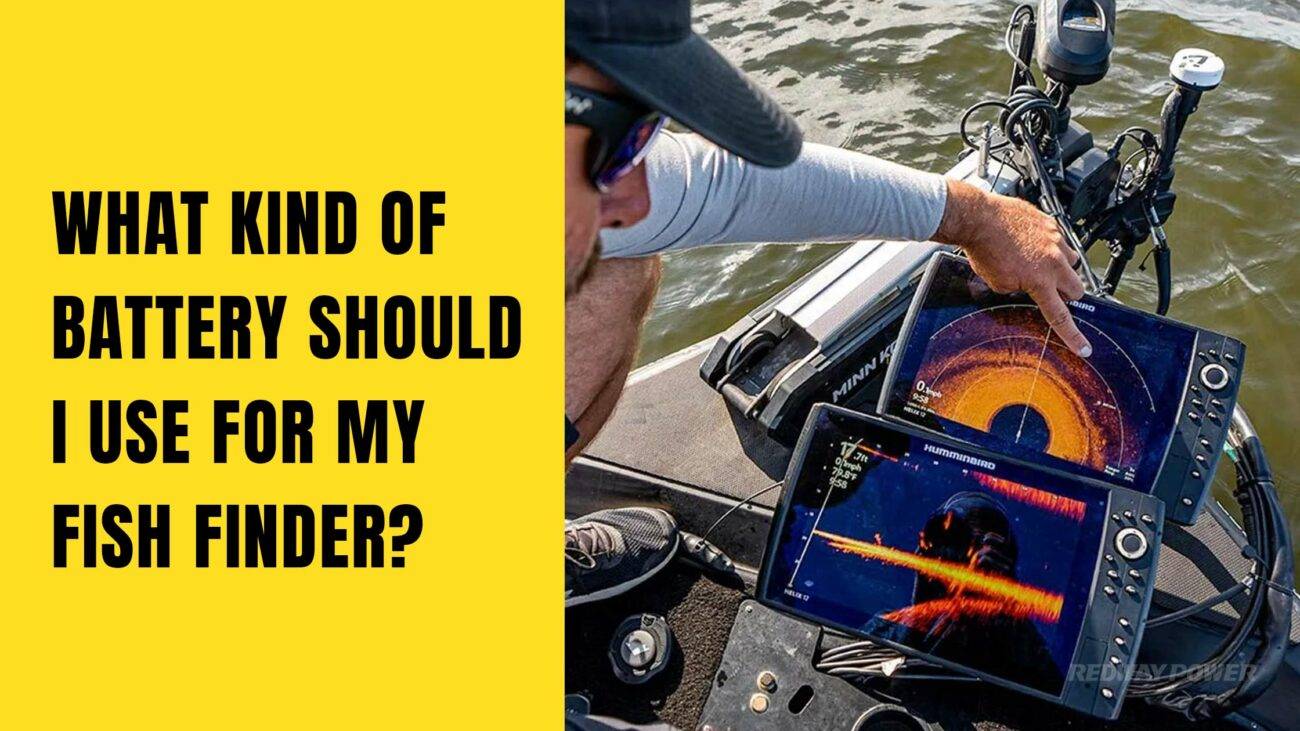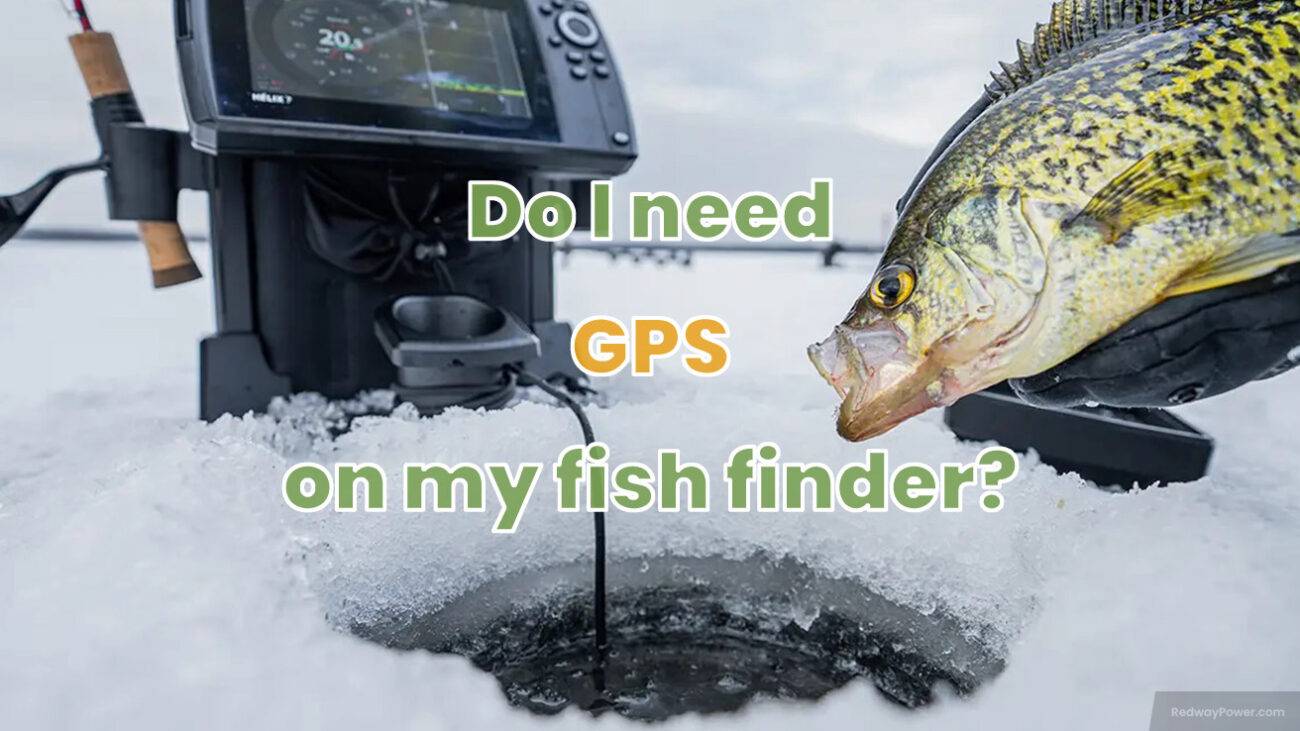- Lithium Golf Cart Battery
- Forklift Lithium Battery
-
48V
- 48V 210Ah
- 48V 300Ah
- 48V 420Ah (949 x 349 x 569 mm)
- 48V 420Ah (950 x 421 x 450 mm)
- 48V 456Ah
- 48V 460Ah (830 x 630 x 590 mm)
- 48V 460Ah (950 x 421 x 450 mm)
- 48V 460Ah (800 x 630 x 600 mm)
- 48V 460Ah (820 x 660 x 470 mm)
- 48V 500Ah
- 48V 560Ah (810 x 630 x 600 mm)
- 48V 560Ah (950 x 592 x 450 mm)
- 48V 600Ah
- 48V 630Ah
-
48V
- 12V Lithium Battery
12V 150Ah Lithium RV Battery
Bluetooth App | BCI Group 31
LiFePO4 Lithium
Discharge Temperature -20°C ~ 65°C
Fast Charger 14.6V 50A
Solar MPPT Charging - 24V Lithium Battery
- 36V Lithium Battery
- 48V Lithium Battery
-
48V LiFePO4 Battery
- 48V 50Ah
- 48V 50Ah (for Golf Carts)
- 48V 60Ah (8D)
- 48V 100Ah (8D)
- 48V 100Ah
- 48V 100Ah (Discharge 100A for Golf Carts)
- 48V 100Ah (Discharge 150A for Golf Carts)
- 48V 100Ah (Discharge 200A for Golf Carts)
- 48V 150Ah (for Golf Carts)
- 48V 160Ah (Discharge 100A for Golf Carts)
- 48V 160Ah (Discharge 160A for Golf Carts)
-
48V LiFePO4 Battery
- 60V Lithium Battery
-
60V LiFePO4 Battery
- 60V 20Ah
- 60V 30Ah
- 60V 50Ah
- 60V 50Ah (Small Size / Side Terminal)
- 60V 100Ah (for Electric Motocycle, Electric Scooter, LSV, AGV)
- 60V 100Ah (for Forklift, AGV, Electric Scooter, Sweeper)
- 60V 150Ah (E-Motocycle / E-Scooter / E-Tricycle / Tour LSV)
- 60V 200Ah (for Forklift, AGV, Electric Scooter, Sweeper)
-
60V LiFePO4 Battery
- 72V~96V Lithium Battery
- Rack-mounted Lithium Battery
- E-Bike Battery
- All-in-One Home-ESS
- Wall-mount Battery ESS
-
Home-ESS Lithium Battery PowerWall
- 24V 100Ah 2.4kWh PW24100-S PowerWall
- 48V 50Ah 2.4kWh PW4850-S PowerWall
- 48V 50Ah 2.56kWh PW5150-S PowerWall
- 48V 100Ah 5.12kWh PW51100-F PowerWall (IP65)
- 48V 100Ah 5.12kWh PW51100-S PowerWall
- 48V 100Ah 5.12kWh PW51100-H PowerWall
- 48V 200Ah 10kWh PW51200-H PowerWall
- 48V 300Ah 15kWh PW51300-H PowerWall
PowerWall 51.2V 100Ah LiFePO4 Lithium Battery
Highly popular in Asia and Eastern Europe.
CE Certification | Home-ESS -
Home-ESS Lithium Battery PowerWall
- Portable Power Stations
Should a fish finder be wired directly to the battery?
On January 26, 2024
Comments Off on Should a fish finder be wired directly to the battery?

To ensure optimal performance, it is advised to wire a fish finder directly to the battery using the appropriate wire. This allows for consistent power, improved performance, and simplified operation. Avoid shortcuts and running the power wire into a block or switch panel to ensure a proper connection.
Table of Contents
ToggleThe traditional method of wiring a fish finder to the battery
The traditional method of wiring a fish finder to the battery involves locating the boat’s battery, identifying the positive and negative terminals, and using a 10 amp fuse for the charger socket. This setup ensures proper protection and reliable power for the fish finder.
- Locating the Battery: The first step is to find the boat’s battery, usually located in the engine compartment or a designated battery compartment.
- Identifying Terminals: Once the battery is found, identify the positive and negative terminals. The positive terminal is typically marked with a “+” symbol.
- Fuse for Protection: Install a fuse, usually a 10 amp fuse, in the charger socket to provide protection against electrical issues and ensure safe operation.
Wiring a fish finder to the battery using the traditional method involves locating the boat’s battery, identifying the terminals, and using a fuse for protection. Following these steps ensures a reliable and safe power connection for the fish finder, enhancing your fishing experience.
Advantages of directly wiring a fish finder to the battery
Directly wiring a fish finder to the battery provides advantages such as consistent power supply, improved performance, simplified operation, and efficient battery usage. This method ensures reliable and accurate readings from the fish finder, enhancing the overall fishing experience.

- Consistent Power Supply: Direct wiring ensures a reliable and consistent power supply to the fish finder, eliminating fluctuations and ensuring accurate readings.
- Improved Performance: With a direct connection to the battery, the fish finder can operate at its full potential, providing accurate and detailed information.
- Simplified Operation: Direct wiring simplifies the setup and operation of the fish finder, eliminating the need for additional power sources or complex wiring configurations.
Directly wiring a fish finder to the battery provides advantages such as consistent power supply, improved performance, simplified operation, and efficient battery usage. This method enhances the fishing experience by ensuring reliable power, accurate readings, and simplified operation of the fish finder. Enjoy a seamless and efficient fishing experience with direct wiring.
Potential risks and drawbacks of this method
Directly wiring a fish finder to the battery offers simplicity and uninterrupted power supply. However, there are potential risks and drawbacks to consider. These include the risk of over-discharging the battery, the possibility of electrical interference, and the need for safety precautions to ensure proper operation.
- Simplicity and Uninterrupted Power: Direct wiring offers a simple setup and ensures a continuous power supply to the fish finder.
- Risk of Over-Discharging: Direct wiring without proper precautions can lead to over-discharging the battery, potentially damaging its lifespan.
- Electrical Interference: Direct wiring may introduce electrical interference, affecting the performance of the fish finder and other electronic devices on the boat.
Directly wiring a fish finder to the battery offers simplicity and uninterrupted power supply. However, it’s important to be aware of the risks, such as over-discharging the battery and potential electrical interference. Taking necessary precautions and following safety guidelines ensures optimal performance and avoids potential drawbacks.
Alternative options for powering a fish finder
An alternative option for powering a fish finder is to use a lithium iron phosphate battery (LiFePO4). These batteries provide a longer-lasting and more powerful alternative to other battery types. They are known for their longer lifespan, higher power output, and safety features.

- Longer Lifespan: LiFePO4 batteries offer a longer lifespan compared to other battery types, ensuring reliable power supply for your fish finder.
- Higher Power Output: These batteries provide higher power output, allowing your fish finder to operate at its full potential and provide accurate readings.
- Safety Features: LiFePO4 batteries are known for their safety features, making them a reliable and secure choice for powering your fish finder.
Using a lithium iron phosphate battery (LiFePO4) as an alternative option for powering a fish finder offers advantages such as a longer lifespan, higher power output, and safety features. Consider this option to ensure reliable and accurate performance from your fish finder during your fishing adventures.
Expert tips for safely wiring a fish finder to the battery
Expert tips for safely wiring a fish finder to the battery include securely attaching the power wires to the battery terminals, ensuring tight connections, and using appropriate connectors. Following safety precautions and proper wiring techniques ensures reliable and safe operation of the fish finder.
- Secure Connections: Ensure the fish finder’s power wires are securely attached to the battery terminals.
- Tight Connections: Make sure the connections are tight to avoid any loose connections or electrical issues.
- Appropriate Connectors: Use suitable connectors to ensure proper and reliable connections for safe operation.
Expert tips for safely wiring a fish finder to the battery emphasize secure and tight connections, proper wiring techniques, and the use of appropriate connectors. Following these tips ensures reliable and safe operation of the fish finder during your fishing adventures.
FAQs
Why do you need a fish finder?
A fish finder is a valuable tool for fishing enthusiasts, offering benefits such as detecting fish schools, providing underwater information, improving fishing efficiency, and helping with depth and bottom structure identification. By utilizing ultrasonic waves, fish finders help anglers locate fish and navigate fishing spots with greater precision, enhancing the overall fishing experience.

- Fish School Detection: Fish finders help detect fish schools, allowing anglers to target specific areas with higher fish activity.
- Underwater Information: These devices provide information about water depth, bottom structure, and other underwater features, helping anglers identify potential fish-holding spots.
- Improved Efficiency: By accurately locating fish and underwater structures, fish finders help anglers navigate fishing spots with precision, maximizing their chances of success.
A fish finder is a valuable tool that offers benefits such as fish school detection, underwater information, and improved fishing efficiency. By utilizing these devices, anglers can enhance their fishing experience, increase their chances of success, and make the most out of their time on the water.
Can you connect a fish finder to a deep cycle battery?
Yes, you can connect a fish finder to a deep cycle battery. Lithium batteries are often recommended as they offer reliable and consistent power for deep cycle applications, including fish finders. They are a popular choice due to their longevity and ability to provide the necessary power for fish finder operation.
- Deep Cycle Battery Compatibility: Fish finders can be connected to deep cycle batteries, providing the necessary power for their operation.
- Lithium Battery Advantage: Lithium batteries are often recommended for fish finder applications due to their longevity and ability to deliver reliable and consistent power.
- Reliable Power Supply: Connecting a fish finder to a deep cycle battery ensures a reliable and uninterrupted power supply for accurate readings and optimal performance.
Connecting a fish finder to a deep cycle battery, such as a lithium battery, ensures a reliable power supply for accurate readings and optimal performance. Consider using a deep cycle battery to power your fish finder and enjoy a seamless fishing experience with reliable power and accurate information.
Does a fish finder need its own battery?
The power source for a fish finder depends on the boat’s size and electrical system. On larger boats, the fish finder can be powered by the onboard electrical system and the marine battery. However, smaller boats like kayaks may require a separate battery to power the fish finder.
- Larger Boats: On larger boats, a fish finder can be powered by the boat’s electrical system, drawing power from the marine battery.
- Smaller Boats: Smaller boats, such as kayaks, may require a separate battery to power the fish finder due to limited electrical systems.
- Power Considerations: It is important to consider the power requirements of the fish finder and the capacity of the boat’s electrical system when determining the power source.
The power source for a fish finder depends on the size of the boat and its electrical system. Larger boats can power the fish finder through the onboard electrical system, while smaller boats may require a separate battery. Consider the power requirements and the capacity of the electrical system when determining the appropriate power source for your fish finder.
How does a fish finder get power?
Fish finders get their power from the batteries installed in the battery compartment of boats. They typically use a DC 12-24 volt power supply. As long as the voltage is within this range, the fish finder unit will function properly, allowing anglers to locate fish and gather underwater information.

- Battery Power: Fish finders draw their power from the batteries installed in the battery compartment of boats.
- DC 12-24 Volt Power Supply: Most fish finders operate using a DC 12-24 volt power supply, ensuring compatibility with various boat electrical systems.
- Reliable Functionality: As long as the voltage falls within the specified range, fish finder units will function properly, providing anglers with accurate readings and underwater insights.
Fish finders receive their power from the batteries installed in the battery compartment of boats, typically operating on a DC 12-24 volt power supply. This ensures reliable functionality and accurate readings, assisting anglers in locating fish and gaining valuable underwater information during their fishing endeavors.
How much power does a fishfinder use?
Fish finders generally have low power consumption, typically ranging from 200 milliamps to 1 amp, depending on the model and usage. These devices are designed to operate efficiently while providing accurate readings and underwater information.
- Minimal Power Consumption: Fish finders draw relatively low power, typically ranging from 200 milliamps to 1 amp.
- Efficient Operation: Despite their low power usage, fish finders are designed to operate efficiently and provide accurate readings.
- Accurate Readings and Underwater Information: Fish finders optimize power usage to deliver accurate information about fish location, depth, and underwater structures.
Fish finders have minimal power consumption, typically ranging from 200 milliamps to 1 amp. Despite their low power usage, these devices operate efficiently and provide anglers with accurate readings and valuable underwater information. Enjoy an efficient and reliable fishing experience with a power-efficient fish finder.
How long does it take to charge a fish finder battery?
The charging time for a fish finder battery varies depending on the battery type and capacity. For instance, a 7Ah lead-acid battery and a 16.5Ah lithium-ion battery generally take around 8 hours to charge. A 12Ah battery may require approximately 14 hours of charging.
- Lead-Acid Battery: A 7Ah lead-acid battery typically takes around 8 hours to fully charge.
- Lithium-Ion Battery: A 16.5Ah lithium-ion battery generally requires approximately 8 hours of charging.
- Larger Capacity Battery: A 12Ah battery may require around 14 hours of charging for full capacity.
The charging time for a fish finder battery varies based on its type and capacity. Lead-acid batteries typically take around 8 hours to charge, while lithium-ion batteries may require a similar duration. Larger capacity batteries, such as 12Ah, may need approximately 14 hours of charging. Ensure proper charging times to maintain optimal performance for your fish finder battery.
Should the fish finder be powered by a cranking battery?
The power source for a fish finder can vary depending on the boat’s electrical system and personal preference. Some anglers choose to connect the fish finder to the cranking battery, while others opt for a separate battery. Consider factors such as power draw, interference, and the specific needs of your fishing setup when deciding how to power your fish finder.
- Cranking Battery: Some anglers connect the fish finder to the cranking battery, utilizing the existing boat’s electrical system.
- Separate Battery: Others prefer using a separate battery dedicated to powering the fish finder, which can provide more control and minimize potential interference.
- Considerations: Factors such as power draw, potential interference, and personal preference play a role in deciding the appropriate power source for a fish finder.
The power source for a fish finder can be either a cranking battery or a separate battery. Consider factors such as power draw, interference, and personal preference when determining the best option for your fishing setup. Choose a power source that ensures reliable operation and enhances your fishing experience on the water.
Do fish finders need wifi?
No, fish finders do not need Wi-Fi. Many models, such as the Deeper smart sonars, can function without any mobile or internet connection. These fish finders have an internal Wi-Fi access point, allowing them to work in locations without a mobile signal.

- No Need for Wi-Fi: Fish finders can operate without Wi-Fi connectivity.
- Deeper Smart Sonars: Models like the Deeper smart sonars can function independently, without any mobile or internet connection.
- Internal Wi-Fi Access Point: These fish finders have an internal Wi-Fi access point that enables them to work in various locations, regardless of mobile signal availability.
Fish finders do not require Wi-Fi connectivity. Certain models, such as the Deeper smart sonars, can operate independently without any mobile or internet connection. Their internal Wi-Fi access points ensure reliable operation in various fishing locations, regardless of mobile signal availability.
How does a fish finder read?
Fish finders read the underwater environment by scanning in cones and providing readings from a wider area underneath the sonar. They display information such as depth, temperature, and fish location, helping anglers interpret underwater conditions and locate potential fishing spots.
- Cone Scanning: Fish finders utilize cone-shaped scans to gather information from a wider area underneath the sonar.
- Wide Area Readings: The readings displayed on a fish finder may represent a larger area rather than the exact location directly beneath the device.
- Displayed Information: Fish finders show important data such as depth, temperature, and the presence of fish, assisting anglers in interpreting underwater conditions.
Fish finders read the underwater environment by utilizing cone-shaped scanning technology. They provide readings from a wider area underneath the sonar and display crucial information such as depth, temperature, and the presence of fish. This helps anglers interpret underwater conditions and locate potential fishing spots with greater precision.
What’s the Best Battery for Fish Finders on Boats or Kayaks?
Lithium Iron Phosphate (LiFePo4) batteries are the best choice for fish finders on boats or kayaks. These batteries provide a longer-lasting and more powerful alternative compared to other options. With their exceptional safety features, Lithium Iron Phosphate batteries are ideal for marine applications. They offer a lightweight and compact design, making them easy to install and transport. Choose Lithium Iron Phosphate batteries for reliable and efficient power supply to your fish finder.
-
Longer-lasting and more powerful: Lithium Iron Phosphate batteries have a longer lifespan and higher power output compared to other battery types. This means you can rely on them to provide consistent and efficient power to your fish finder, ensuring accurate and reliable readings.
-
Exceptional safety features: Safety is crucial when it comes to marine applications. Lithium Iron Phosphate batteries are known for their outstanding safety features. They are less prone to overheating or catching fire, giving you peace of mind while out on the water.
-
Lightweight and compact design: Fish finders on boats or kayaks require batteries that are easy to install and transport. Lithium Iron Phosphate batteries are lightweight and compact, making them convenient to carry and fit into tight spaces. You can enjoy the benefits of a powerful battery without the hassle of extra weight or bulk.
How Long Do Fish Finder Batteries Last?
Fish finder batteries have different lifespans depending on the type of battery. Lead-acid batteries, commonly used in fish finders, typically last around 3-5 years with minimal maintenance. However, lithium batteries, such as Lithium Iron Phosphate (LiFePo4) batteries, offer a longer lifespan of up to 10-15 years. Choose a lithium battery for a more durable and long-lasting power source for your fish finder.
-
Lead-acid batteries: These are the traditional choice for fish finders. They typically have a lifespan of around 3-5 years with minimal maintenance. While lead-acid batteries are reliable, their lifespan is relatively shorter compared to other battery types.
-
Lithium batteries: Lithium batteries, such as Lithium Iron Phosphate (LiFePo4) batteries, offer a significant advantage in terms of lifespan. These batteries can last up to 10-15 years, providing a more durable and long-lasting power source for your fish finder. Lithium batteries are known for their ability to withstand frequent charging and discharging cycles without compromising performance.
Why Choose Lithium Batteries for Fish Finders?
Lithium batteries, specifically Lithium Iron Phosphate (LiFePo4) batteries, are the ideal choice for fish finders. They offer a longer-lasting and more powerful battery alternative compared to traditional batteries. Lithium batteries are lightweight, compact, and have a higher energy density, providing efficient power storage in a smaller size. Choose lithium batteries for reliable and long-lasting performance in your fish finder.
-
Longer-lasting and more powerful: Lithium batteries, particularly Lithium Iron Phosphate (LiFePo4) batteries, offer a significant advantage in terms of longevity and power. They can provide a consistent and reliable power supply to your fish finder for extended periods, ensuring uninterrupted usage during your fishing trips.
-
Lightweight and compact: One of the key advantages of lithium batteries is their lightweight and compact design. Compared to traditional batteries, lithium batteries are much lighter and take up less space, making them easier to install and transport. This is especially beneficial for boaters and kayak anglers who value portability and convenience.
-
Higher energy density: Lithium batteries have a higher energy density, meaning they can store more energy in a smaller size. This allows them to provide efficient power storage, ensuring that your fish finder operates optimally without the need for frequent recharging. With a higher energy density, lithium batteries offer a reliable and long-lasting power solution for your fishing adventures.
Why Opt for Lithium Fish Finder Batteries Over Other Types?
Lithium fish finder batteries, particularly lithium-ion batteries, are the preferred choice for anglers. These batteries offer many advantages over other types, including long-lasting performance, lightweight design, and enhanced power output. Opting for lithium batteries ensures reliable and efficient power supply for your fish finder, enhancing your fishing experience.
-
Long-lasting performance: Lithium fish finder batteries have a longer lifespan compared to traditional batteries. They can provide consistent power for extended periods, ensuring uninterrupted usage during your fishing trips.
-
Lightweight design: Lithium batteries are known for their lightweight design. This makes them easy to install and transport, especially for boaters and kayak anglers who value portability and convenience.
-
Enhanced power output: Lithium fish finder batteries offer more power compared to other types of batteries. This means they can provide a reliable and efficient power supply to your fish finder, ensuring accurate readings and optimal performance.
What Types of Batteries Can Power Fish Finders?
Fish finders can be powered by different types of batteries, including 12V sealed lead acid (SLA) batteries and lithium batteries. SLA batteries have been the standard choice for years, while lithium batteries offer a longer-lasting and more powerful alternative. Lithium batteries are lightweight, compact, and provide efficient power storage, making them a popular choice for anglers.
-
12V sealed lead acid (SLA) batteries: These batteries have been the go-to choice for fish finders for many years. They are reliable and widely available. However, they tend to be heavier and bulkier compared to other battery types, which can be a consideration for anglers looking for portability.
-
Lithium batteries: Lithium batteries, including lithium-ion and lithium iron phosphate (LiFePO4) batteries, are gaining popularity in the fishing community. They offer a longer-lasting and more powerful alternative to SLA batteries. Lithium batteries are lightweight, compact, and provide efficient power storage. This makes them a preferred choice for anglers who value portability and extended usage.
How Are Fish Finders Typically Powered?
Fish finders are typically powered by a DC 12-24 volt power supply. This voltage range ensures proper functionality of the fish finder unit. It is important to consult the product information sheet of your specific fish finder model to determine the exact power supply requirements.
-
DC 12-24 volt power supply: Most fish finders use a DC (direct current) power supply in the range of 12-24 volts. This voltage range ensures that the fish finder functions properly and provides accurate readings. It is important to check the specifications of your fish finder model to determine the specific voltage requirements.
-
Product information sheet: To ensure the correct power supply for your fish finder, it is recommended to consult the product information sheet or manual provided by the manufacturer. This will provide detailed instructions and specifications regarding the power supply requirements of your specific fish finder model.


















